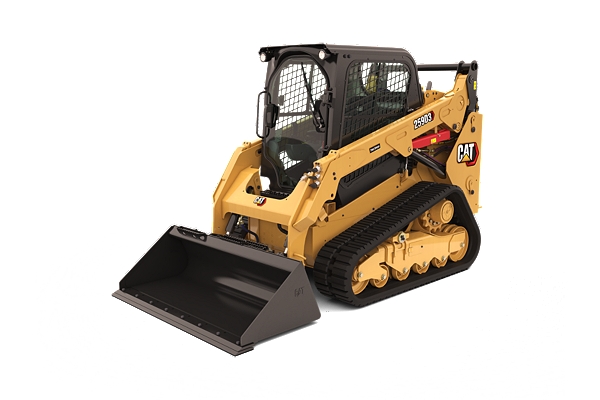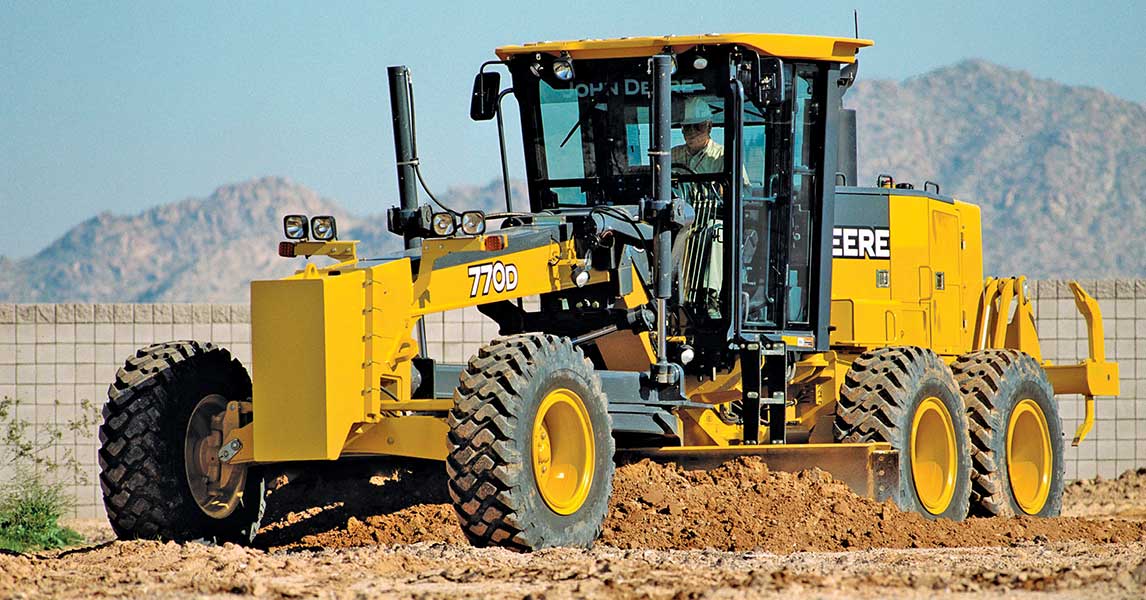Renting Out Vs. Purchasing Construction Tools: Making the Right Option for Your Project
When embarking on a construction task, one of the vital choices that forecast stakeholders and managers deal with is whether to purchase or rent building and construction equipment. The choice hinges on numerous elements such as price factors to consider, task duration, devices upkeep, scalability, versatility, and threat administration.
Expense Considerations
When assessing the economic element of renting versus acquiring construction equipment, the long-lasting expenditures and in advance expenses need to be meticulously thought about. Leasing equipment usually calls for lower first settlements contrasted to acquiring, making it an attractive alternative for short-term projects or service providers with spending plan restraints. Leasing eliminates the requirement for big funding outlays and lowers the economic danger associated with equipment possession, such as maintenance and depreciation expenses. Nonetheless, over time, consistently renting out tools can collect higher expenses than purchasing, especially for extensive tasks.
On the other hand, getting construction equipment entails greater upfront expenses however can lead to lasting savings, specifically for regular individuals or lasting projects. Having equipment provides adaptability, convenience, and the potential for resale value once the project is completed. Furthermore, having tools enables customization and experience with particular machinery, possibly boosting effectiveness and productivity on-site. Ultimately, the decision between getting and leasing building and construction equipment rests on the task's duration, frequency of use, budget plan considerations, and lasting financial goals.
Task Duration

On the other hand, for long-lasting tasks or continuous building work, acquiring equipment might be the much more economical option. Purchasing equipment can bring about cost financial savings in the future, especially if the tools will be frequently utilized. Additionally, possessing devices provides a sense of control over its accessibility and permits personalization to fit particular job demands.

Devices Upkeep
Given the essential role task duration plays in determining the most economical approach in between purchasing and leasing building and construction devices, the emphasis currently moves towards analyzing the necessary element of equipment maintenance. Proper upkeep is vital for making sure the optimal efficiency and long life of building equipment. Renting out equipment commonly features the benefit of having well-maintained machinery supplied by the rental company. This can ease the burden of upkeep their explanation jobs from the job proprietor or professional, saving time and initiative. On the other hand, possessing tools requires an aggressive approach to upkeep to protect against failures, make certain security, and prolong the devices's life expectancy. Regular examinations, maintenance, and prompt fixings are essential to maintain owned and operated equipment in leading working condition. Consider upkeep prices when choosing between acquiring and leasing, as overlooking maintenance can lead to costly repair work, downtime, and task hold-ups. Ultimately, a well-maintained building tools fleet, whether rented out or had, is necessary for the effective and effective completion of building and construction tasks.
Adaptability and Scalability
In the world of construction equipment management, the element of versatility and scalability holds substantial significance for task performance and resource application. Opting to rent out construction devices gives a high degree of flexibility as it allows for the fast change of equipment kinds and quantities based on the advancing needs of a job.
Moreover, scalability, an additional critical factor, is naturally linked to versatility. Renting construction equipment supplies the benefit of quickly scaling operations up or down as task needs rise and fall. Professionals can promptly exchange or include tools to match the job's altering needs without the restrictions of possessing possessions that might become underutilized or obsolete. This capability to scale resources effectively can lead to cost savings and boosted task timelines, making renting a favorable alternative for projects needing flexibility and responsive source allotment.
Risk Administration
Reliable danger management in building and construction devices operations is extremely important to guaranteeing project success and mitigating prospective economic losses. Building tasks inherently include numerous threats, such as equipment break downs, accidents, and task hold-ups, which can significantly impact the job timeline and spending plan. By thoroughly thinking about the dangers related to owning or renting building and construction tools, job managers can make enlightened decisions to reduce these possible risks.
Renting out building equipment can use a degree of risk mitigation by transferring the obligation of upkeep and fixings my response to the rental company. This can decrease the monetary worry on the task proprietor in case of unanticipated tools failings (scissor lift rental). Furthermore, renting out offers the versatility to accessibility specialized tools for specific project phases, reducing the danger of having underutilized equipment
On the various other hand, possessing construction equipment provides a feeling of control over its use and upkeep. However, this additionally implies birthing the complete duty for repairs, upkeep costs, and devaluation, enhancing the financial risks connected with equipment ownership. Careful risk analysis and consideration of elements such as project period, tools use, and upkeep demands are important in figuring out one of the most suitable alternative for reliable threat administration in building tasks.
Final Thought
Finally, when deciding between getting and leasing building and construction devices, it is crucial to think about price, task period, equipment upkeep, scalability, versatility, and danger management. Each factor plays a vital role in determining one of the most appropriate alternative for the job handy. By very carefully evaluating these elements, project managers can make an informed choice that lines up with their budget plan, timeline, and overall job goals.
